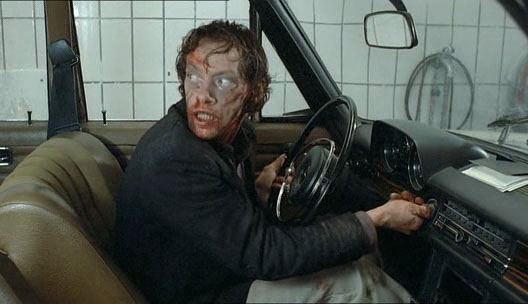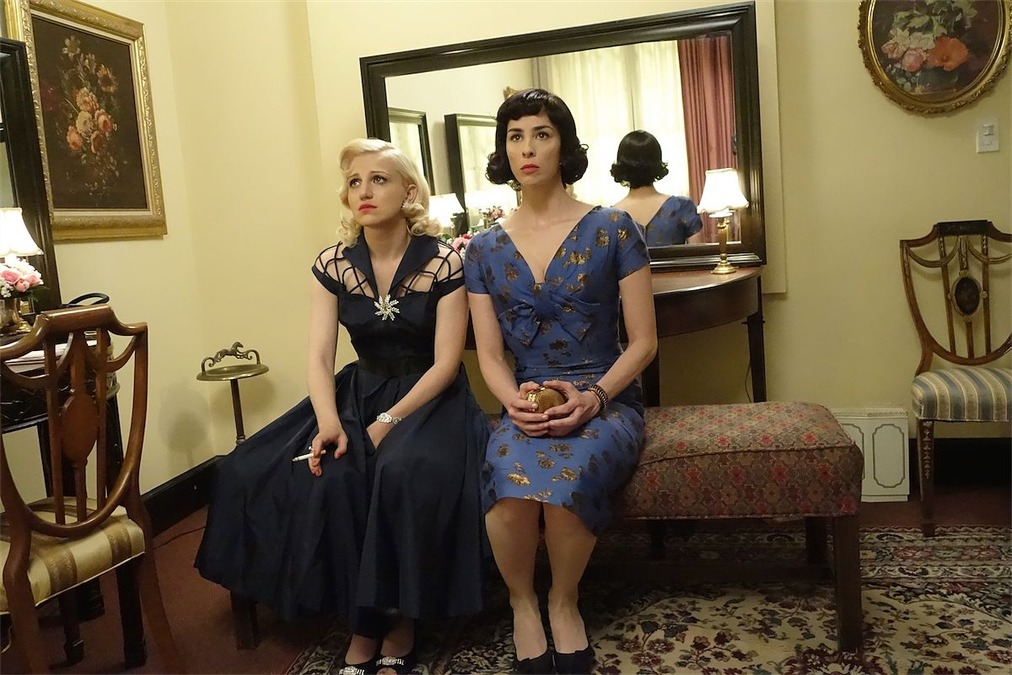 Angst (Fear)
Angst (Fear)
Written by Gerald Kargl and Zbigniew Rybczynski
Directed by Gerald Kargl
Austria, 1983
When it comes to cinematic portraits of killers, there is a tendency towards the mythic. Because, as a society, we like to keep a safe distance from those who consciously choose to kill others (whether for visceral enjoyment or personal gain), and the process of mythmaking buttresses that distance, making it clear that these people are not only not like us, but they probably couldn’t have existed in the first place. Give them a mask. Give them supernatural abilities. Give them immortality; it’s all ultimately part of the same process of distanciation.
There is no such process afoot in Angst, an Austrian chiller that strips the slasher film of any mythic barriers, but unfortunately robs it of its ability to evoke anything beyond base disgustin the process. Filmed in a style that oscillates between highly subjective and practically omniscient, Angst is narrated by the man who occupies some portion of nearly every frame, named only “The Psychopath,” played by Erwin Leder. When the film opens, on a spooky crane shot that foreshadows muuch of the film’s shooting style, The Psychopath has just been released from prison, where he served a 10-year term for slaughtering a 70-year-old woman. (Previous to that, he made an attempt on his own mother’s life.) Once free, he immediately sets about killing anew, only he is a stickler about the conditions. Eventually, he settles on a household containing a near-catatonic man, an elderly woman, her daughter, and a dog who doesn’t seem to comprehend the weight of what he’s due to witness.

Angst illustrates why slasher archetypes exist, beyond the issue of distanciation: real-life killers tend towards the cinematically dull. Angst employs the real-life testimony of a murderer in its voice-over naration (which constitutes almost all of the film’s spoken dialogue), but the sad reality is that, onscreen, The Psychopath’s motives are unfortunately pedestrian. A grim childhood, a secual excitement from the misery and shock of others. For all of its virtuosic camerawork, Angst proffers the psychological depth of the average episode of CSI: Miami.
That’s doubly unfortunate since Angst seems to predict a dozen forthcoming trends in horror filmmaking. Its single-minded subjectivity and depraved psychological landscape share a clear connection with Gaspar Noé’s I Stand Alone. Its subject-dependent camerawork feels plainly ahead of its time, with its fixed-camera perspectives still a visual staple of any contemporary filmmaker attempting to conjure “intensity” (not to mention the TV series Breaking Bad). Unfortunately, the film’s forward-thinking aesthetic devices can’t make up for the stulifying psychological profile of its killer; it’s not enough to smear our faces in the dirt – as the early works of Wes Craven and George Romero tell us, horror filmmaking is at its apex when it turns on its audience to reveal hidden uglinesses.
Simon Howell






